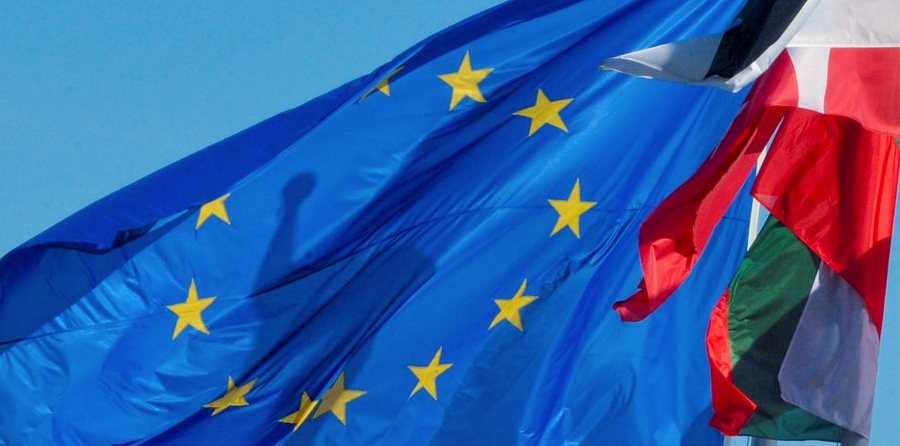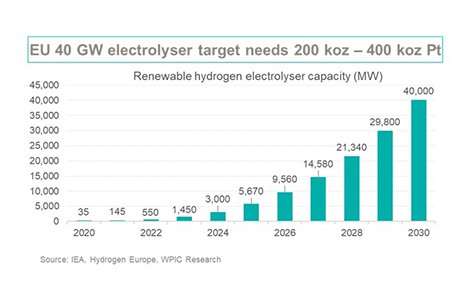
European Hydrogen Week highlights the opportunity for Platinum stemming from a European Green Deal
The World Platinum Investment Council (WPIC) stated last week that the launch of the first-ever European Hydrogen Week, a series of events showcasing the key role hydrogen is poised to play in reaching the European Union’s (EU) ‘European Green Deal’ objectives. The proposed European Green Deal, announced at the end of 2019, sets out the EU’s ambition to make its economy sustainable by turning climate and environmental challenges into opportunities and making the transition just and inclusive for all.
As one of the initiatives under the European Green Deal, the EU released its Hydrogen Strategy in July of this year, establishing a road map for reducing the EU economy’s carbon emissions through a hydrogen ecosystem while fostering sustainable growth and jobs, viewed as critical adjuncts in the context of recovery from the COVID-19 crisis.
The strategy contributes significantly to the EU’s goal of achieving climate neutrality by 2050, with a strategic objective to install at least 40GW of hydrogen electrolyzers by 2030 with an annual production of up to 10 million tonnes of green’ hydrogen across the region. Green hydrogen is produced through the electrolysis of water using renewable energy, including electricity from wind turbines or solar photovoltaic panels. In announcing its strategy, the EU joins some 70 countries that have stated their intention to become carbon neutral by 2050.
Platinum, in conjunction with iridium, is used as a catalyst in Proton Exchange Membrane (PEM) electrolyzers that use polymer electrolyte, one of the two leading electrolysis technologies available market.
New platinum and iridium-based catalyst – which contains up to 90 percent less iridium while performing up to three times better, has recently been developed. This not only reduces costs, making green hydrogen production at the scale envisaged by the EU’s Hydrogen Strategy more affordable but also removes concerns about the availability of iridium, of which only a small amount is produced annually, ensuring PEM electrolyzers remain at the forefront of electrolyzer technology as the market expands.

Platinum demand growth
The reduction in the amount of iridium needed in PEM electrolysis is meaningful as it supports the wider adoption of PEM electrolyzers and thus increased the demand for platinum. Johnson Matthey, the global science and chemicals company, has suggested that PEM electrolysis could achieve a market share of 30 – 60 percent.
Platinum’s role in the hydrogen economy is crucial both throughout the EU and beyond; it is used in fuel cells for fuel cell electric vehicles and the production of green hydrogen. The global platinum demand impact of announced green hydrogen policies is clearly sizeable over the longer-term; current EU and China green hydrogen generation capacity targets alone would require, cumulatively, between 300 koz and 600 koz of platinum by 2030*.
*Based on 30% – 60% PEM electrolyzers, 90% Heraeus loadings reduction with 0.45gPt and 0.15gIr per kw
























